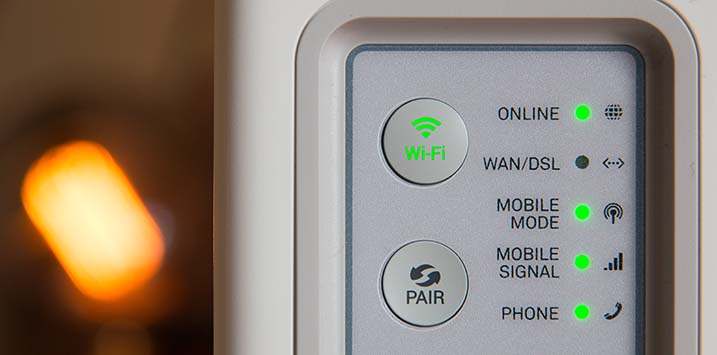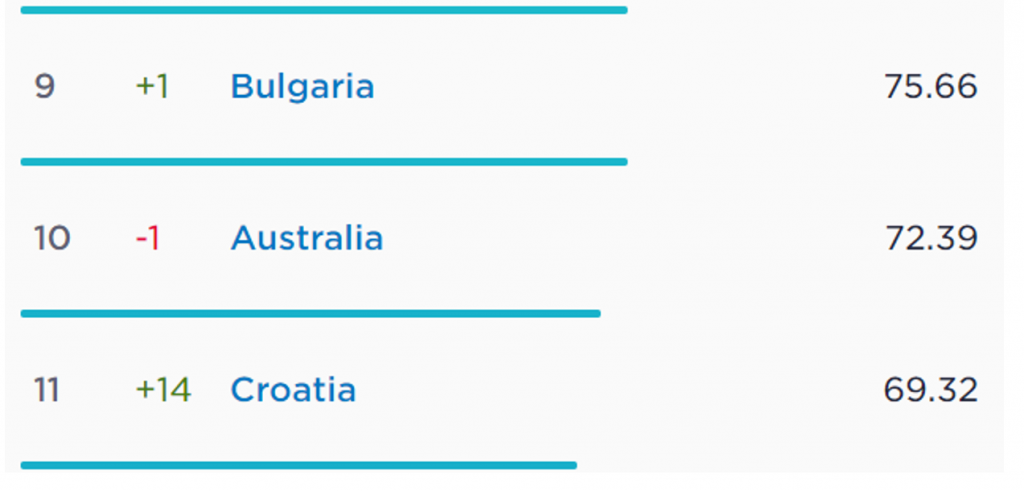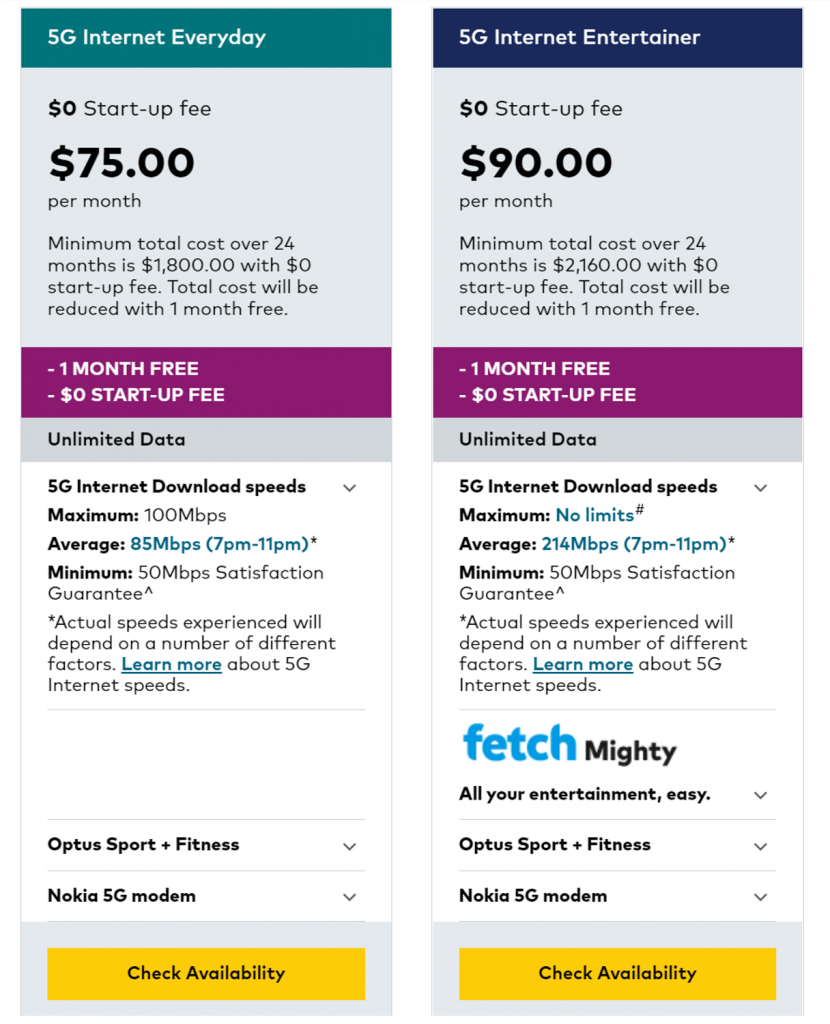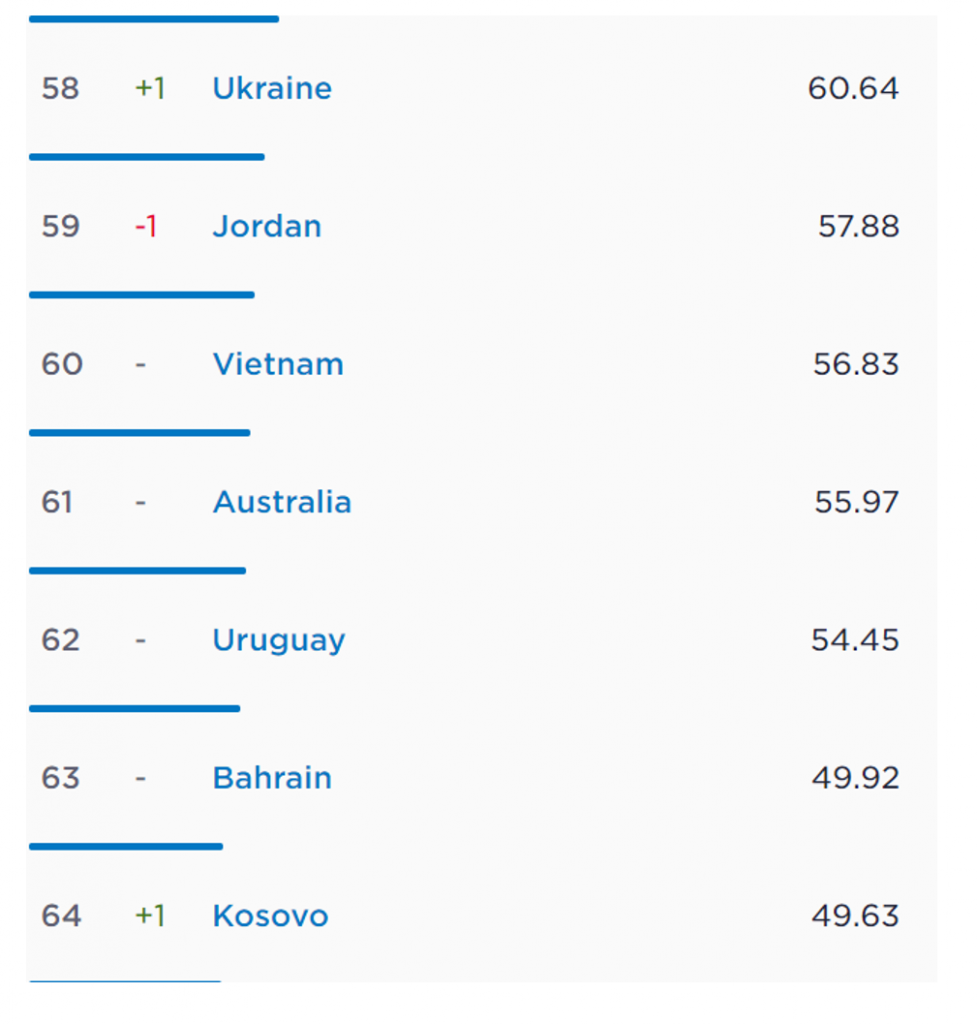
Could the NBN be leapfrogged by 5G?
The rollout of Australia’s National Broadband Network (NBN) has copped plenty of criticism, and some of it’s probably justified. For a start, it’s neither particularly cheap nor fast – being ranked 61 in the world for average download speed, just behind Vietnam. Which leaves it vulnerable to being displaced by the new kid on the block: 5G.
How the NBN ranks for average download speeds (data from www.speedtest.net)
We are currently on the cusp of a generational shift in mobile communication technology with the introduction of the fifth generation of wireless phone technology. 5G can deliver significantly higher data transfer speeds and, probably even more important, much lower latency (the delay before data transfer begins).
In New Zealand, Spark NZ, the telecom provider that has been a long term holding for The Montgomery Fund has done a very good job in setting up a Fixed Wireless Access (FWA) business where households bypass the New Zealand equivalent of the NBN, Chorus, and connect to Spark’s mobile network via a modem in their homes which then distributes internet to devices in the home through wifi or local LAN cables.
The benefit for Spark is a significant cost saving as they bypass the fiber access fee payable to Chorus (about NZD43/month) with very marginal additional operating costs through channeling the traffic through their mobile network. They can therefore either make higher margins or offer a more compelling price to customers. Spark has currently about 150,000 customers signed up for FWA and it is growing quickly and we should note that that this is despite only being able to offer 4-4.5G wireless access technology and Chorus network being significantly faster than the NBN (it is indeed ranked number 22 in the world with average speed 2.4x the NBN at 135Mbps vs. NBN’s 55.97).
It is interesting to read that NBN’s management gives “virtually zero” thoughts to the threat of FWA bypass here in Australia as voiced by the CFO in a recent interview.
Given the success of FWA for Spark in New Zealand, this seems like a very sanguine attitude to take for a number of reasons:
1. Average data mobile access speed in Australia is significantly more competitive on an international basis, being ranked 11 in the world and is indeed about 30 per cent faster than the average fixed line access speed at 72.39Mbps (data from speedtest.net):
 2. Both Telstra and Optus have announced FWA plans which look very compelling (especially Optus) compared to the speeds and prices offered by various ISPs reselling NBN. The 5G coverage is still in its infancy but coverage will increase rapidly over the coming months/years to cover most of the larger population centres.
2. Both Telstra and Optus have announced FWA plans which look very compelling (especially Optus) compared to the speeds and prices offered by various ISPs reselling NBN. The 5G coverage is still in its infancy but coverage will increase rapidly over the coming months/years to cover most of the larger population centres.
 3. As new business models and new use cases are developed (Internet of Things, autonomous vehicles, mobile health tracking etc.), I see a good chance that people want to contract with one provider for all their data needs meaning that the current situation where you have a separate plan for your home internet and your mobile plan will change which should be a good chance for telecom companies with their own backhaul infrastructure to bypass the NBN.
3. As new business models and new use cases are developed (Internet of Things, autonomous vehicles, mobile health tracking etc.), I see a good chance that people want to contract with one provider for all their data needs meaning that the current situation where you have a separate plan for your home internet and your mobile plan will change which should be a good chance for telecom companies with their own backhaul infrastructure to bypass the NBN.
Now, I am fully aware that there are limitations to how high market share FWA can get before the required investment in cell infrastructure to deliver the required quality of service becomes prohibitive but any user that is opting out of NBN further weakens the business case for the valuation that the government wants to eventually achieve when the network is privatised.
Given that we as taxpayers are all shareholders of NBN, this complacency from management is quite worrying but I guess the NBN management must be doing a good job as they are, after all, by far the highest paid public sector workers with the CEO earning more than $3 million and seven employees earning above $1 million in the 2019-2020 financial year.
The Montgomery Funds and Montgomery Small Companies Fund owns shares in Spark New Zealand. This article was prepared 03 November with the information we have today, and our view may change. It does not constitute formal advice or professional investment advice. If you wish to trade Spark New Zealand you should seek financial advice.
This post was contributed by a representative of Montgomery Investment Management Pty Limited (AFSL No. 354564). The principal purpose of this post is to provide factual information and not provide financial product advice. Additionally, the information provided is not intended to provide any recommendation or opinion about any financial product. Any commentary and statements of opinion however may contain general advice only that is prepared without taking into account your personal objectives, financial circumstances or needs. Because of this, before acting on any of the information provided, you should always consider its appropriateness in light of your personal objectives, financial circumstances and needs and should consider seeking independent advice from a financial advisor if necessary before making any decisions. This post specifically excludes personal advice.
INVEST WITH MONTGOMERY
Mike
:
What everyone forgets is that for 5G to work well, a significant investment in fibre optic backhaul from the towers is required – it also requires a lot more towers at a higher density than 4G services to work well, so by the time you roll out all that backhaul and build the towers it’s still a big investment. Chances are some of it will depend on unlit fibre built out by NBN.
5G could leapfrog the NBN in areas that are poorly served, but in Fibre to the Home and HFC areas, it will struggle to compete. Companies like Optus are targeting specific areas that aren’t served by NBN with their 5G product.
5G also struggles to penetrate concrete/brick so people living in high density buildings may struggle with a good signal. It’s also a shared medium, which means, while few devices are connected to it and demand is low on a tower, speeds will be fast, as more devices are competing for space on a tower the speed of connection to each device will reduce. Wired always will outperform wireless in that respect.
Where 5G’s strength lie is in “Internet of Things” technology – think devices that will be sending and receiving packets of data to assist in their operation and decision making. It has a low latency compared to 4G, which is important for devices relying on the network to accurately position themselves and make decisions (think drones, self driving cars). It’s an enabling technology for a whole industry that hasn’t even really developed yet. Think a bit like the early days of the World Wide Web, or Social Media, the technology was in use, but it took a while for people to work out how to make money out of it.
B
:
If the NBN was FTTP as originally intended this wouldn’t be a topic, everyone would have landline access to 1gbps internet with the open to go faster. It works also cost significantly less than the LNP NBN disaster. 5G would have no chance keeping up with a real NBN..
Andreas Lundberg
:
100% agree. It should have been constructed as a FTTP network from the beginning complemented by FWA in areas where it is not economical to put down fiber.